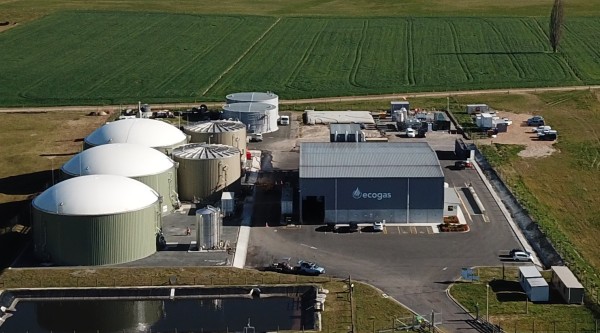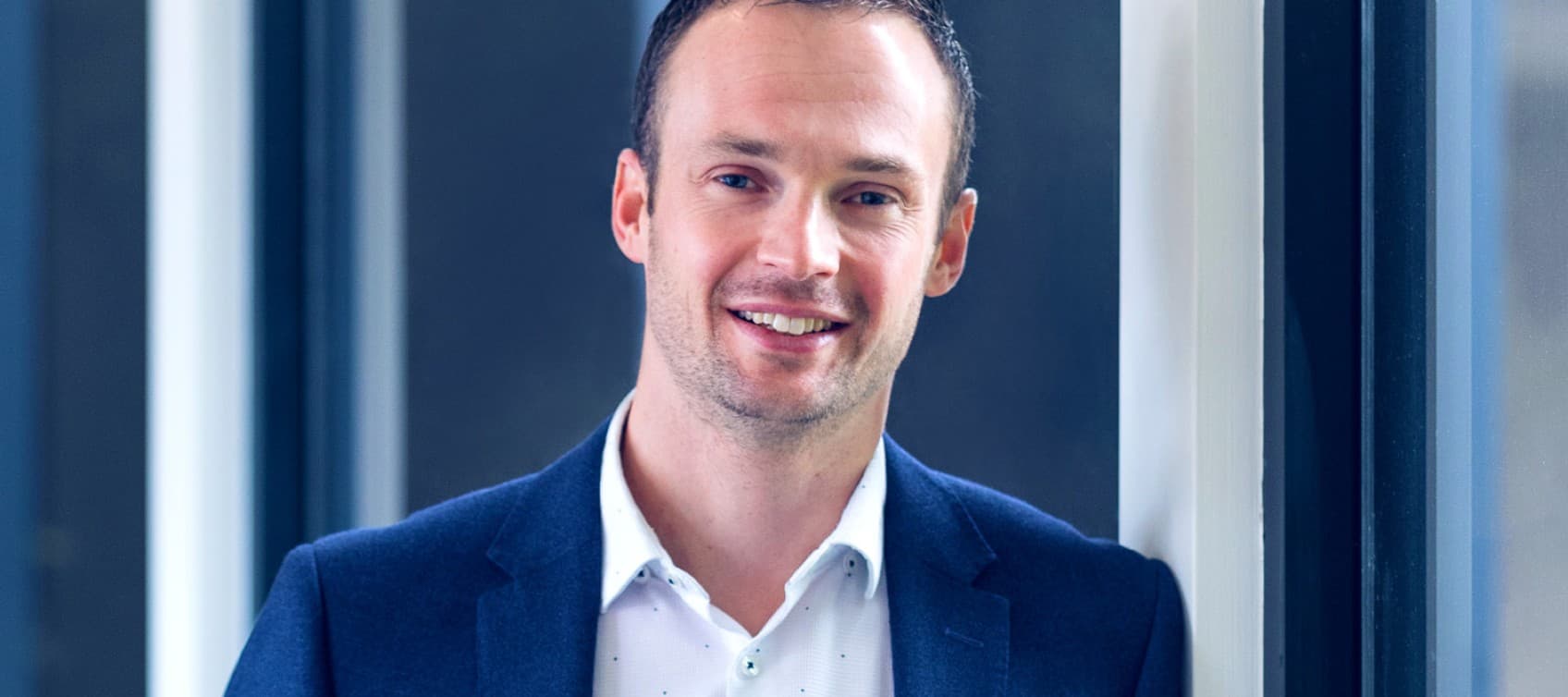What brings an international leader in renewable energy to move from Europe to New Plymouth? For James Irvine and his family, it was a combination of an appealing job offer, the opportunity to meaningfully fight climate change, and the fabulous Taranaki lifestyle.
Irvine started his career with Shell, working across Europe before the job took him to New Zealand for three years. He then moved to London to build Shell’s new renewable energy business, focusing on solar and wind energy. Irvine loved his time here, so when the opportunity arose to move to Aotearoa New Zealand permanently, he eagerly accepted the job at Clarus.
“The role fitted me and the lifestyle in Taranaki is fantastic – it suits the family,” he says. “I also moved to New Zealand because we can adopt proven technology from Europe and make a big difference. For me, that was a big driver for this move.”
Moving the dial on New Zealand’s emissions
In his role as General Manager, Future Fuels, Irvine has been overseeing three massive and ambitious renewable energy projects: the hydrogen blending trial for our gas pipeline, New Zealand-first biogas to biomethane upgrade plant, and the large Tauhei solar farm. While the solar farm has the largest footprint, it’s the renewable gas initiatives where Clarus is taking the country in a new direction.
“Solar and wind energy is the easy part of the solution, and we’re well on the way to making electricity close to 100% renewable,” Irvine explains. “But we need more people focusing on the harder stuff – that’s what really moves the dial. A lot of our emissions come from liquid fuels like petrol and diesel, and a lot come from agriculture, so these are the areas where we can have the biggest impact.”

Gas is a vital tool in the path to net zero
Gas is going to be an important part of our journey to net zero because it’s storable, readily transportable, and capable of providing the intensity needed for those hard-to-abate sectors.
“Gas is just a state of matter. It doesn’t need to be a fossil fuel. It’s a convenient way to store energy and certain industries continue to need it,” says Irvine. “The bigger challenge is: Can you produce gas renewably? Yes, you can. In a net zero world, you can use renewable gas to move energy around, as well as consuming it directly.”
The biogas to biomethane upgrade project, in partnership with Ecogas, produces biomethane from Ecogas' biogas, which is processed from food waste at the Ecogas Organics Processing Facility in Reporoa.
"It is an example of how impactful renewable gas can be. Once up and running, it’s estimated that it will supply the equivalent of enough gas to supply up to 7,200 homes for cooking, heating and hot water," says Irvine.
Gas will also be required to support New Zealand’s electricity grid. When we have periods when the lakes are lower or the wind isn’t blowing, we burn coal to bridge the gap. The last few months are no better example of this. The goal is to have renewable gas and gas storage play a big part in meeting such needs. And in the meantime, natural gas is one way we can cut our coal use: "MBIE forecasts say that in a more renewable electricity system, there will be a greater need for gas peaking generation.”
An exciting future for our energy system
Irvine is optimistic about a future energy system that brings together a range of renewable solutions.
“For me the future energy system is a combination of more EVs, a decent chunk of renewable gas production, much more solar and wind, hydrogen and battery storage options, liquid biofuels, and hydrogen based synthetic fuels.”
He’s keeping an eye on some of the exciting work being done in New Zealand in the aviation sector, with Fortescue investigating whether Marsden Point could produce synthetic sustainable aviation fuel.
“The course is set for renewable power,” says Irvine, “and for me, it’s in these areas of the economy that can’t be electrified where we have the most work to do. That’s where we can make the biggest difference, and that’s why I moved to New Zealand and to Clarus.”

